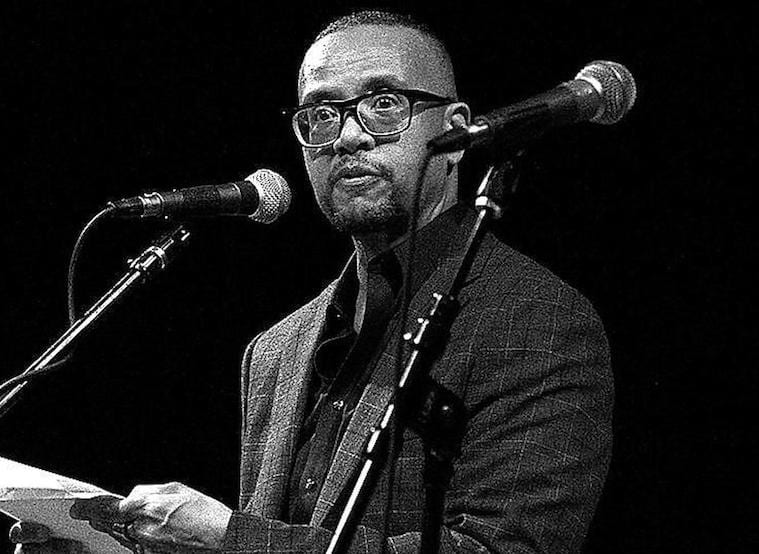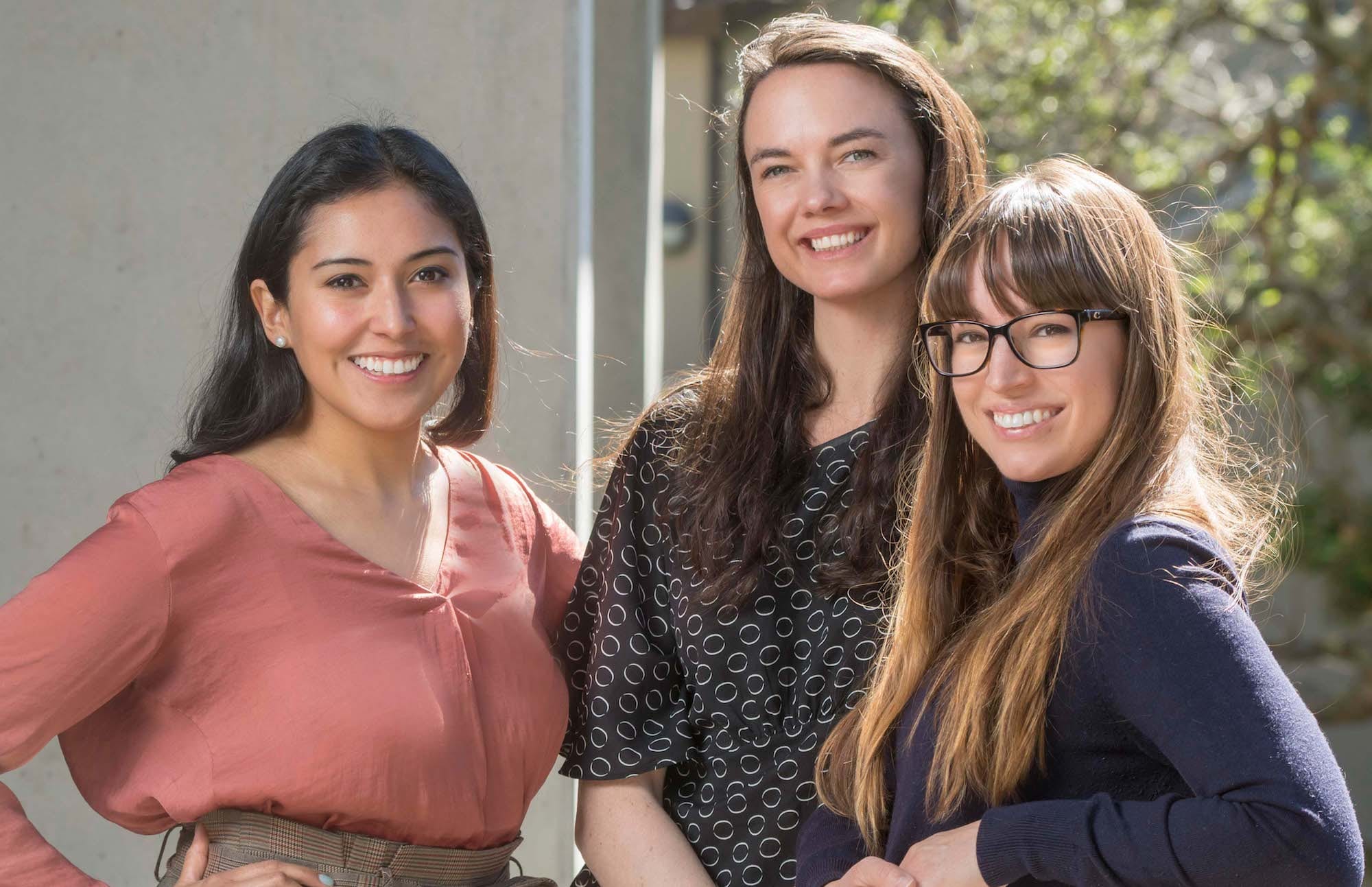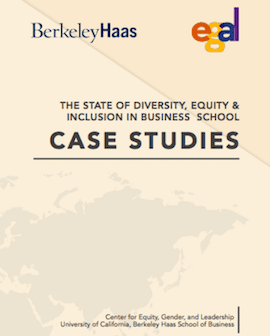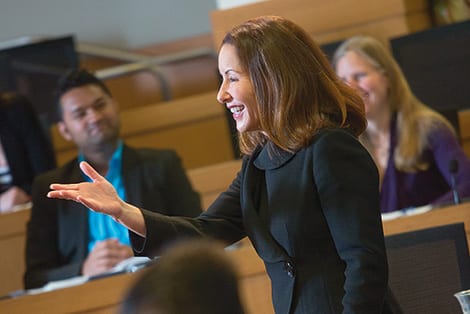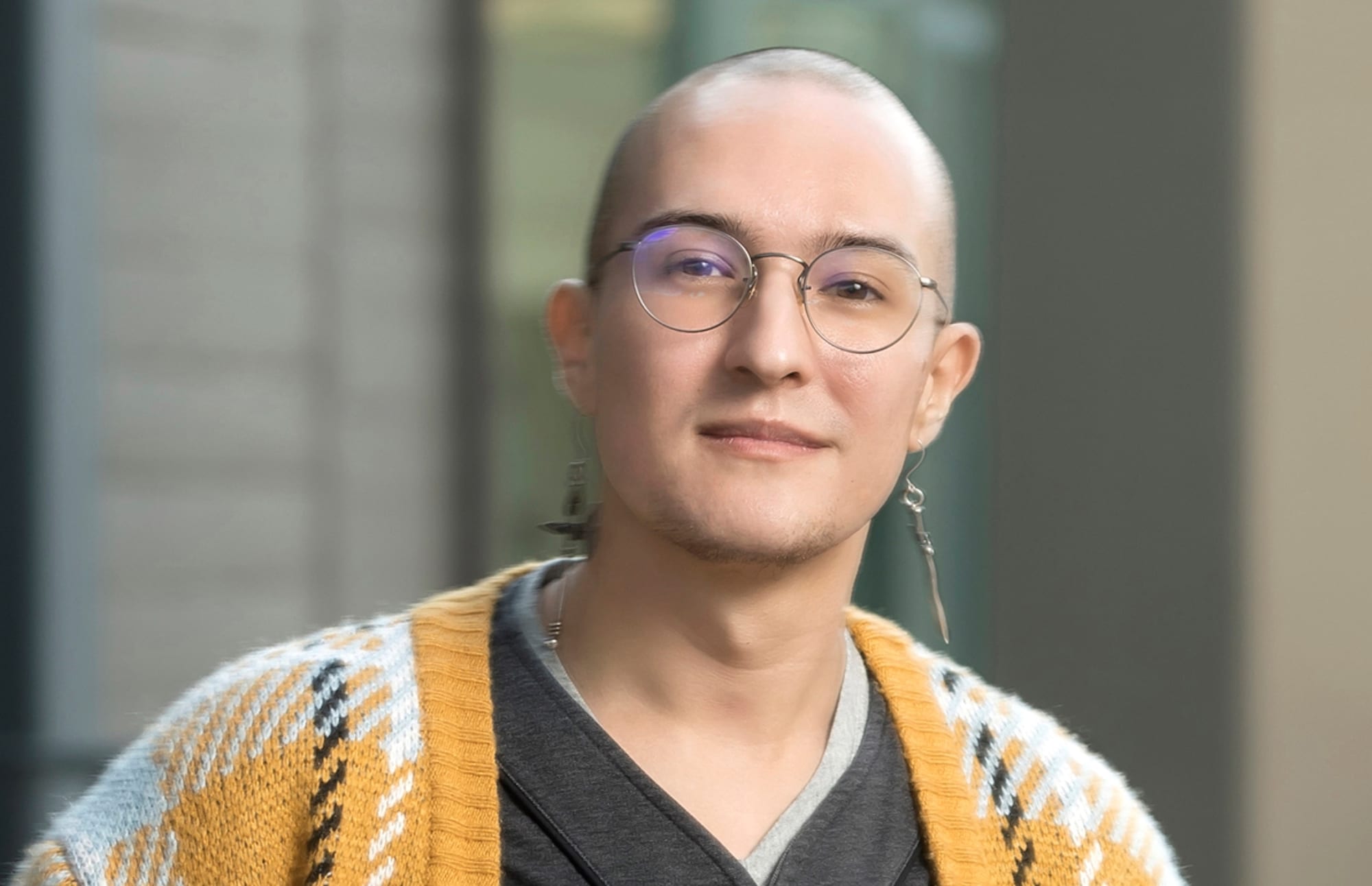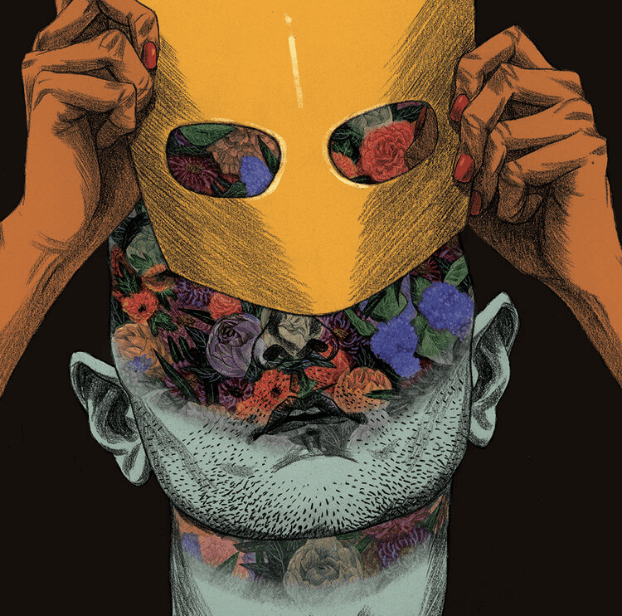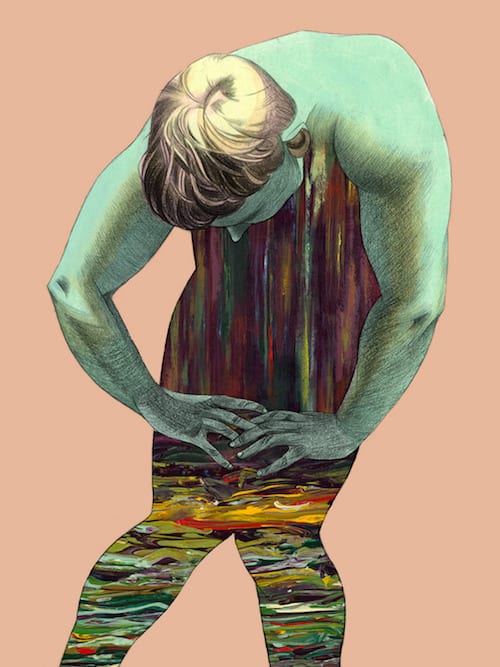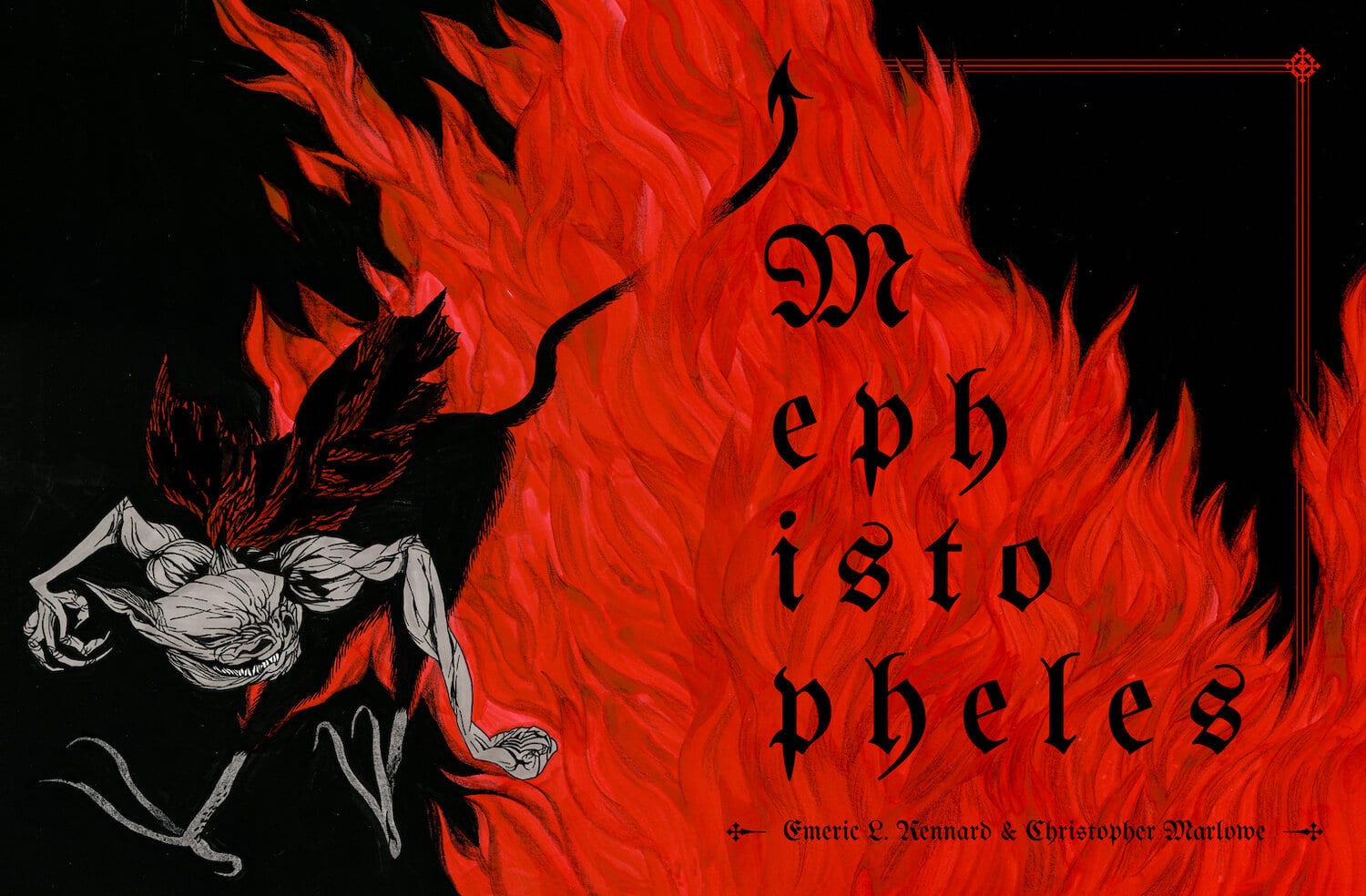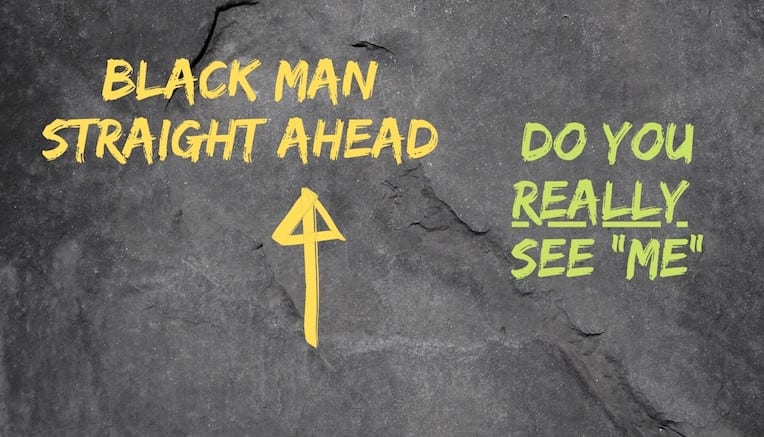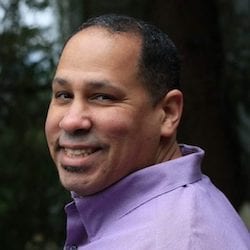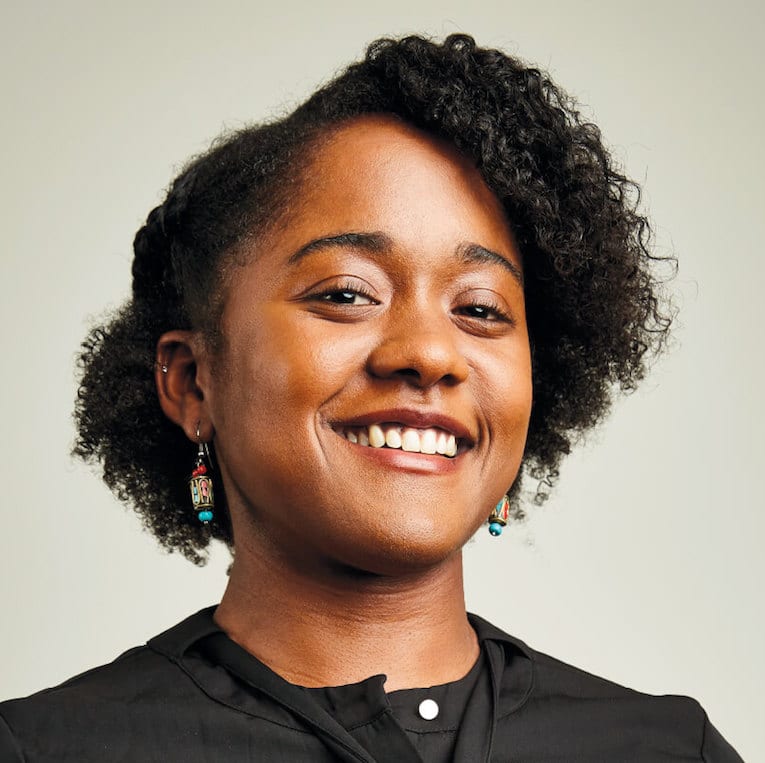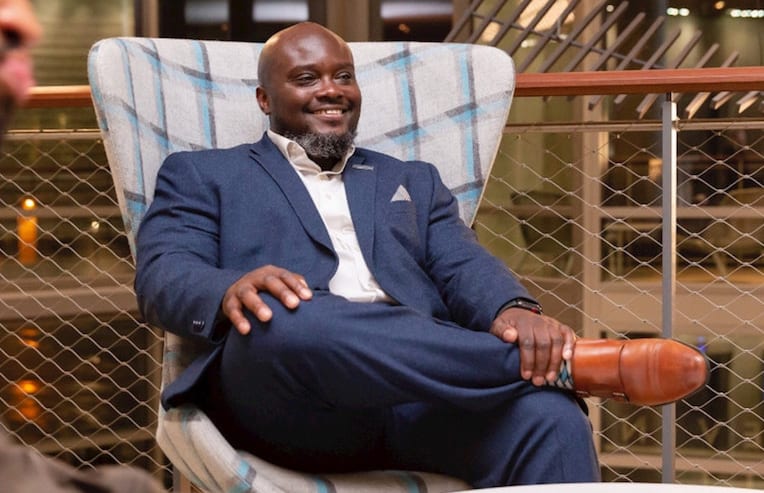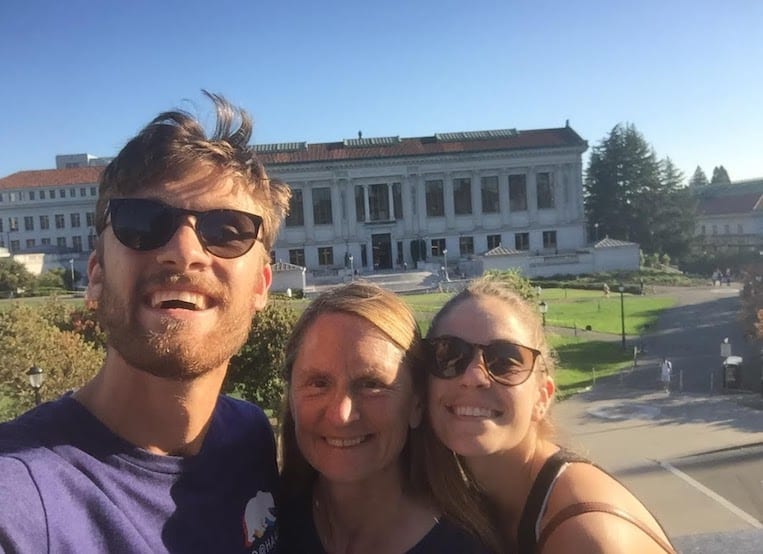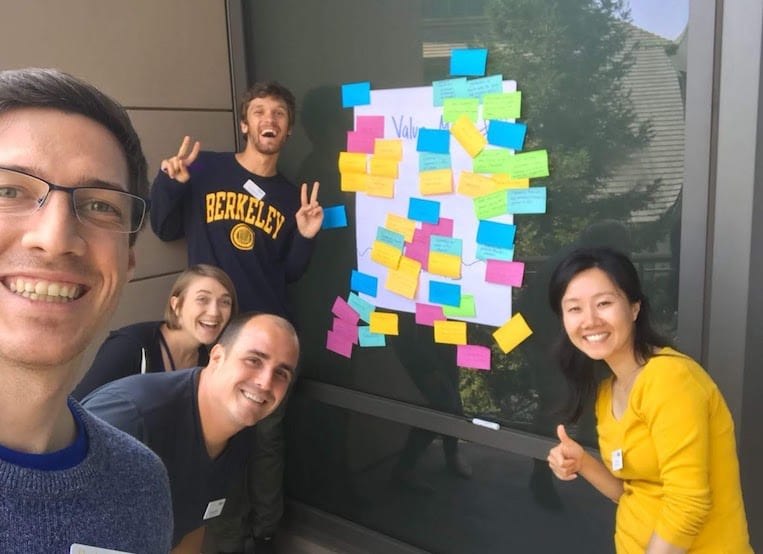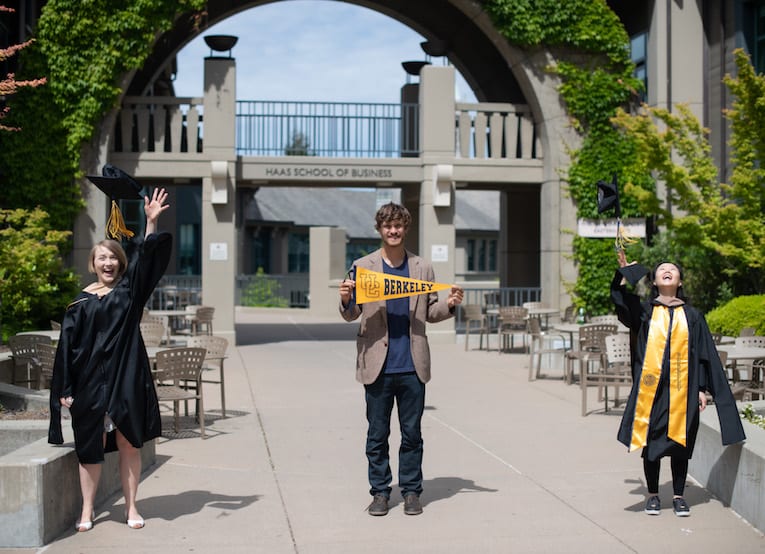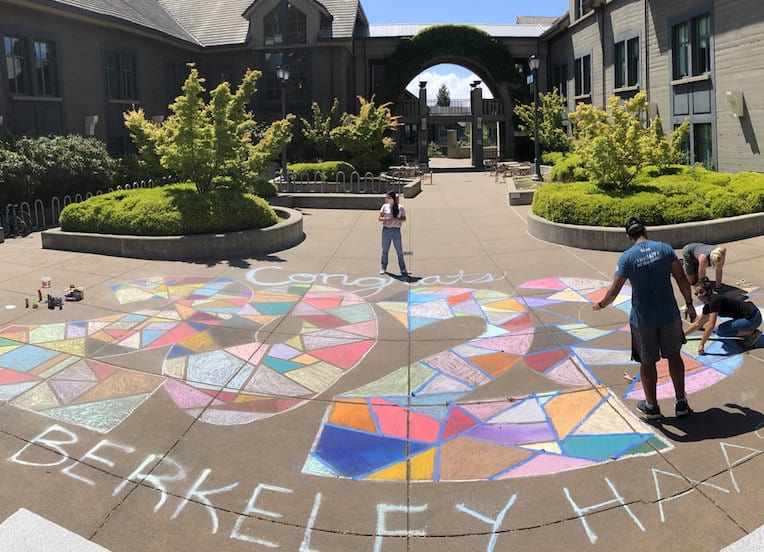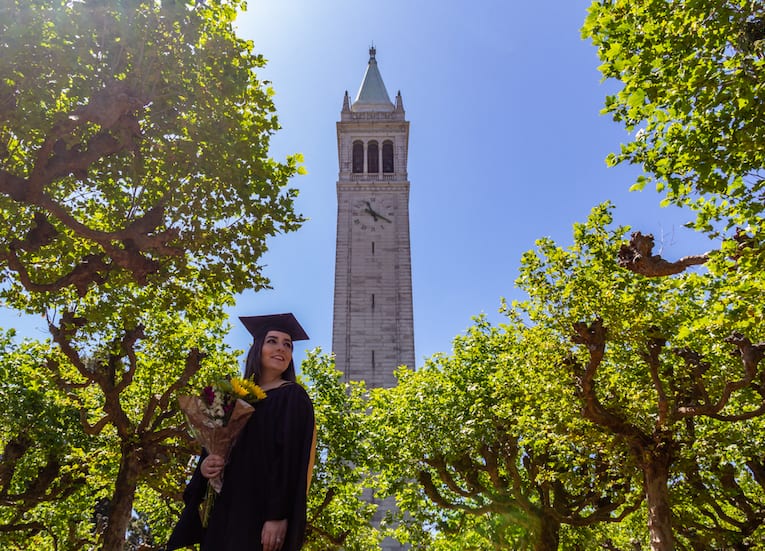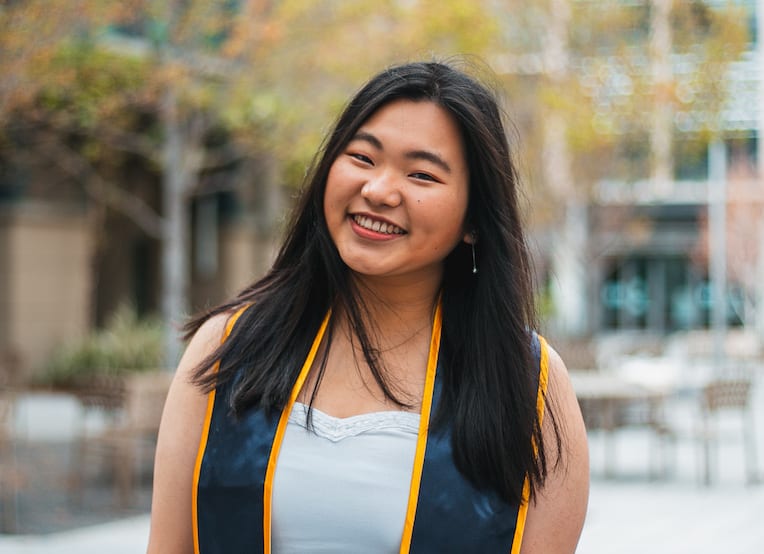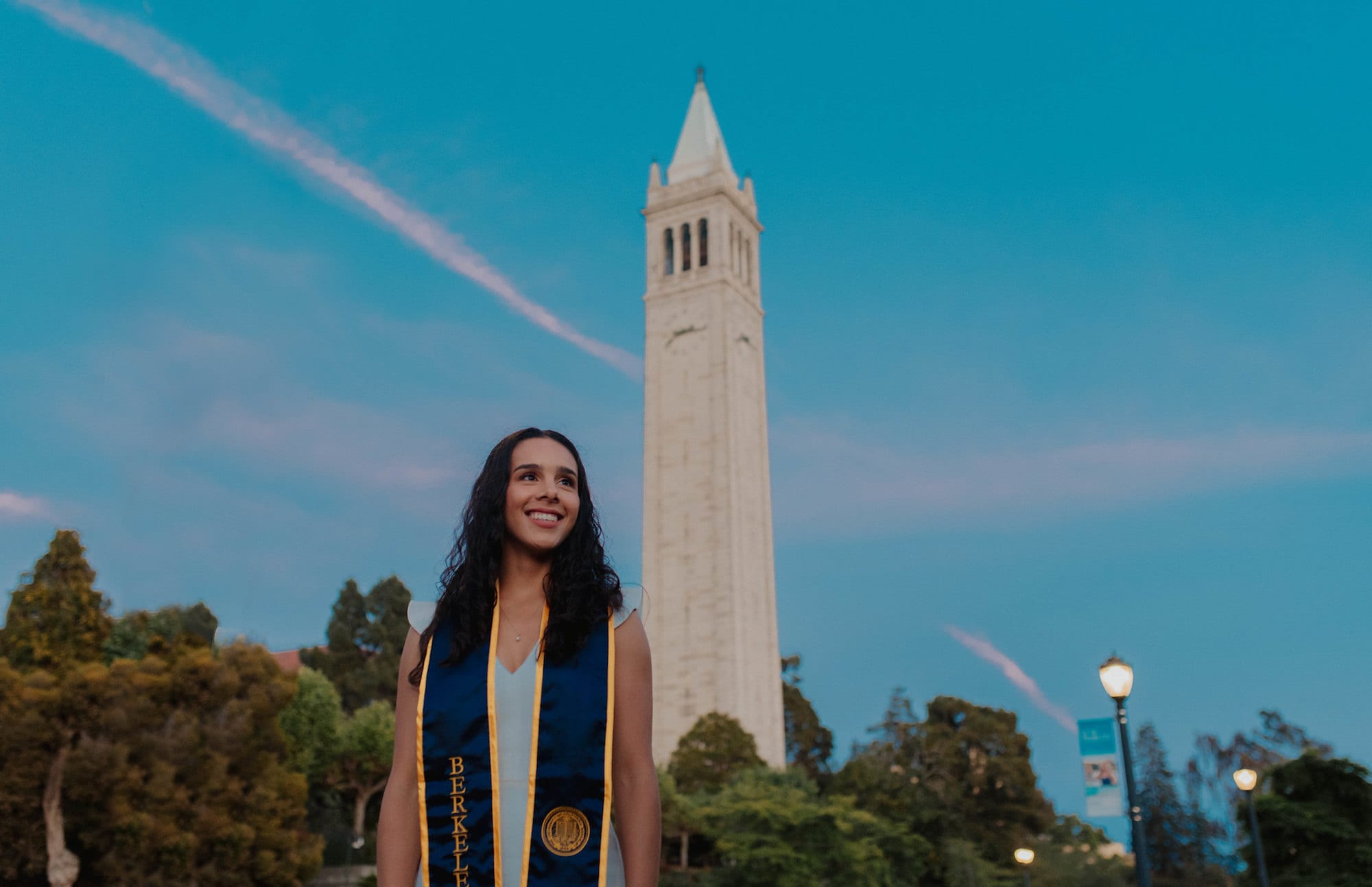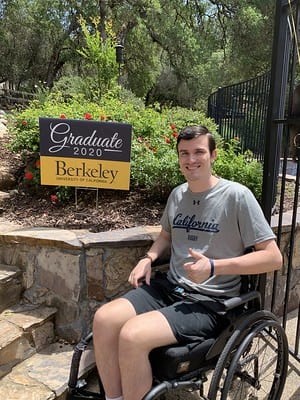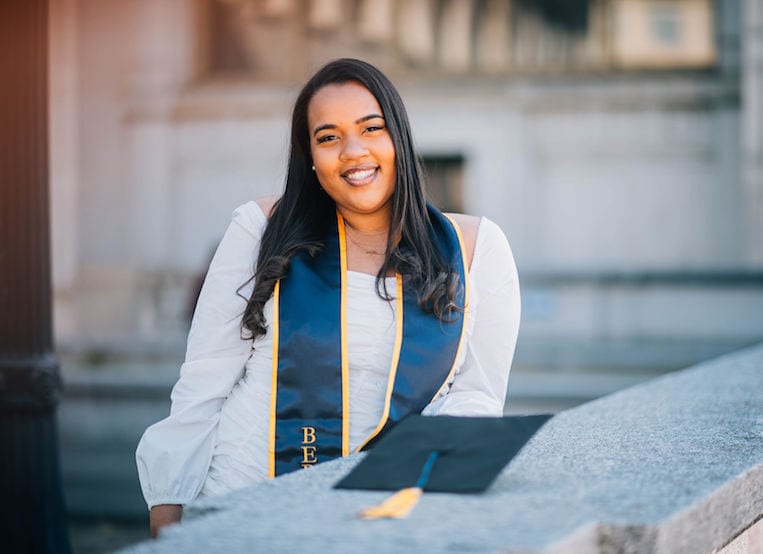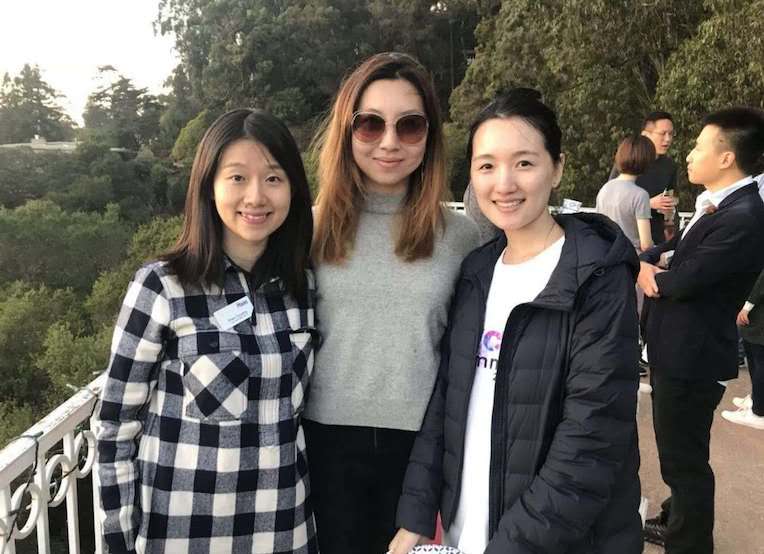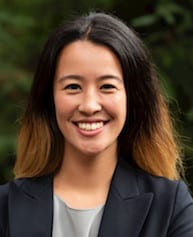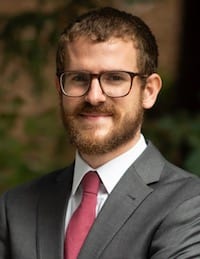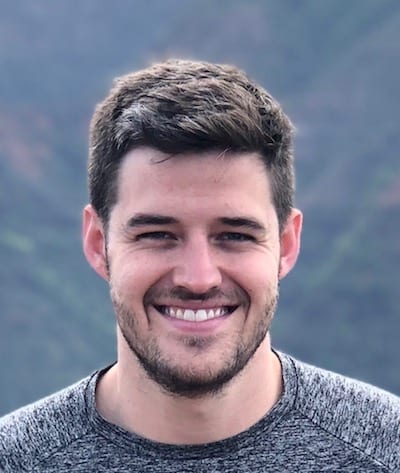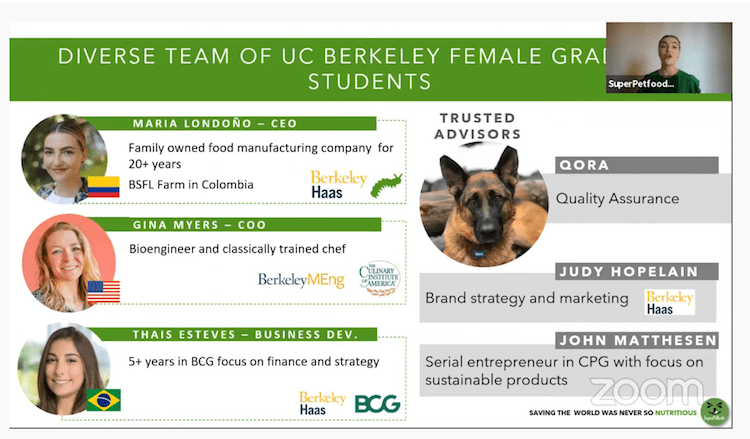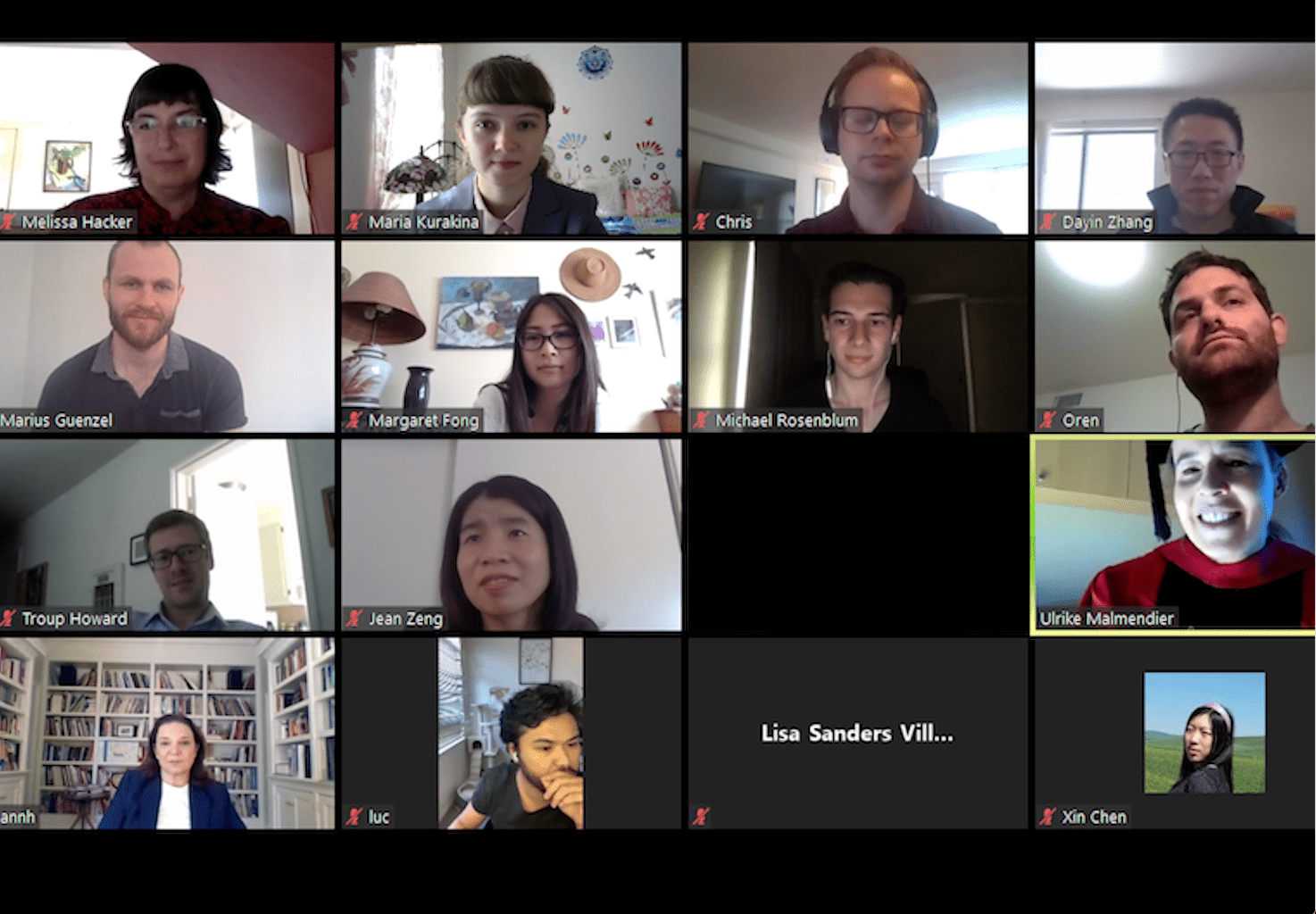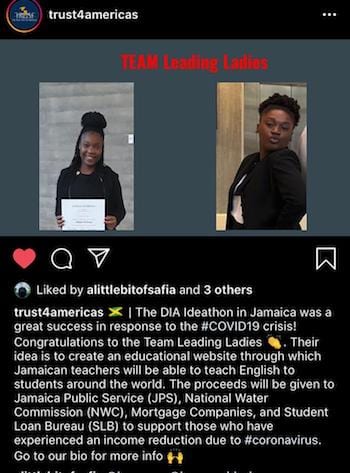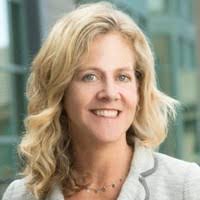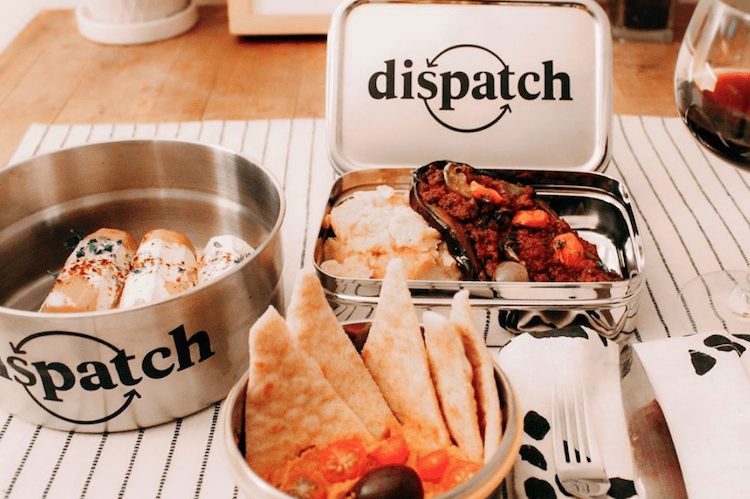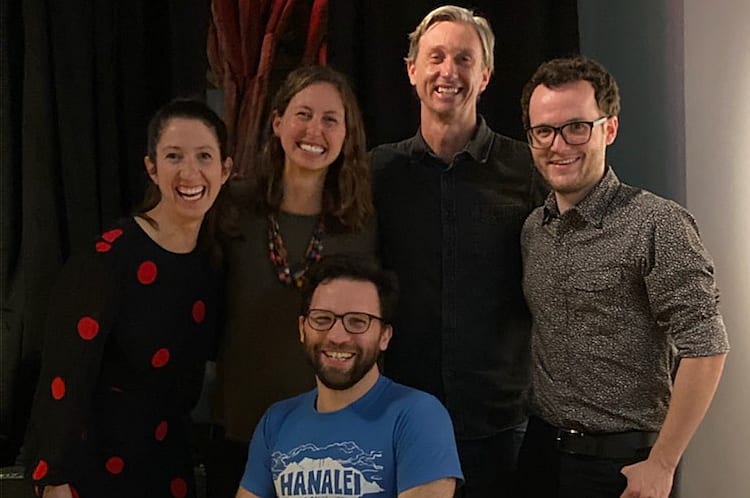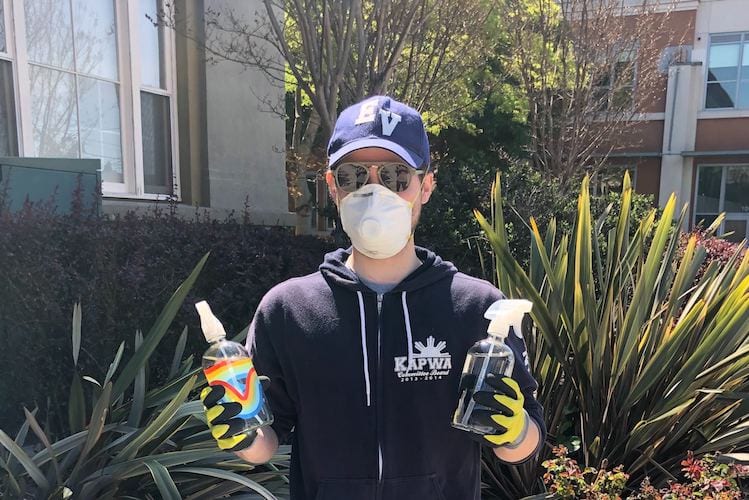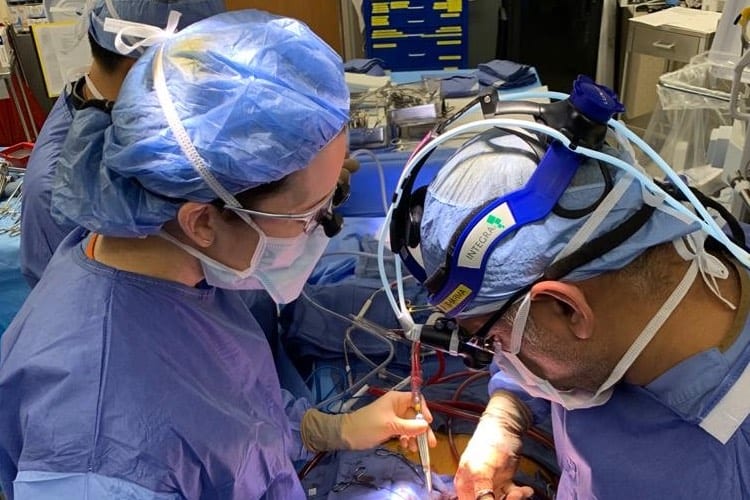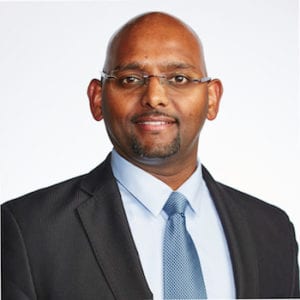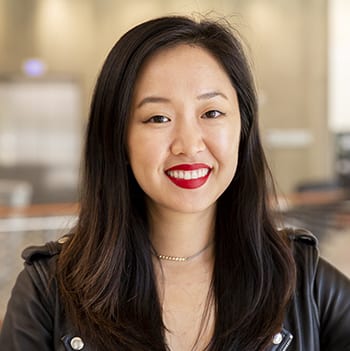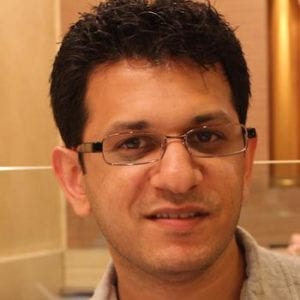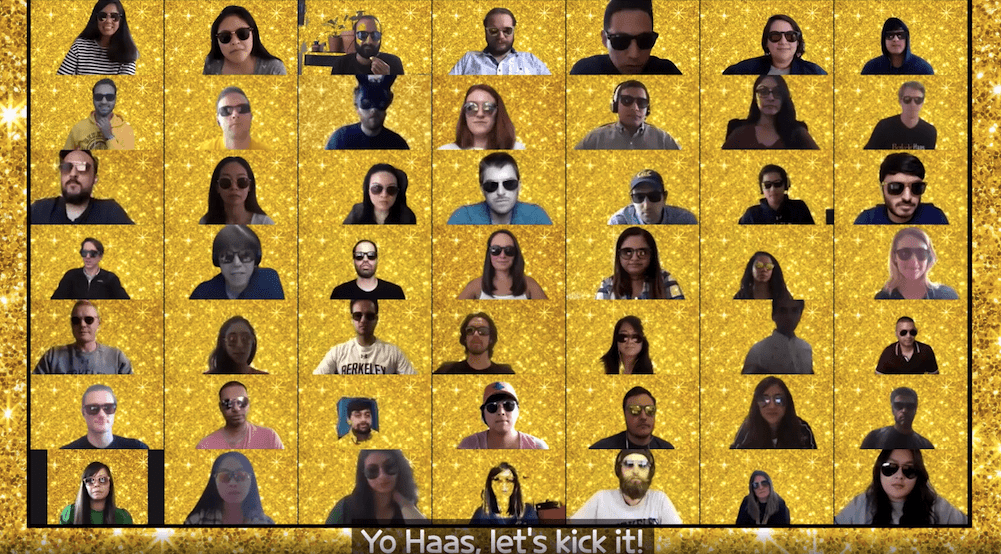
The largest-ever Berkeley Haas Evening & Weekend MBA class came together for an unprecedented virtual orientation this month, as students met their cohort members online, explored their academic and career goals, hosted a talent show, and heard from Dean Ann Harrison.
Students in the EWMBA program, 318 strong compared to 279 last year, balance their coursework while working full time. During WE Launch, the program’s orientation held from July 13-26, students participated in workshops on case-study methods, inclusive leadership, leadership communications, partnering with the Career Management Group, and an intro to Teams@Haas, a curriculum designed to build stronger team outcomes.
Orientation culminated with Saturday’s welcome from Dean Ann Harrison and a talk by Alumni Speaker Greg Greeley, MBA 98 and outgoing President of Homes for Airbnb.
In her welcome, Harrison called the current economy “nothing like I’ve experienced in my lifetime,” but added that the pandemic is accelerating and digitally transforming the fields of education tech, fintech, and healthcare. “It presents an incredible opportunity for all of us,” she said. “That’s why I really believe that this is the best time to go to business school—and our applications reflected it. “I can’t imagine a better time to take on the challenges of this pandemic than at Berkeley, which has always been at the forefront of change.”
Greeley told students that they will emerge from the MBA program stronger on the other side of this. “Bond with each other, lean on each other,” said Greeley, who called out each of the four Haas Defining Leadership Principles, which articulate the Haas culture, and discussed how important culture has been throughout his career at Amazon and Airbnb, companies that “have disrupted and defined their industries.”
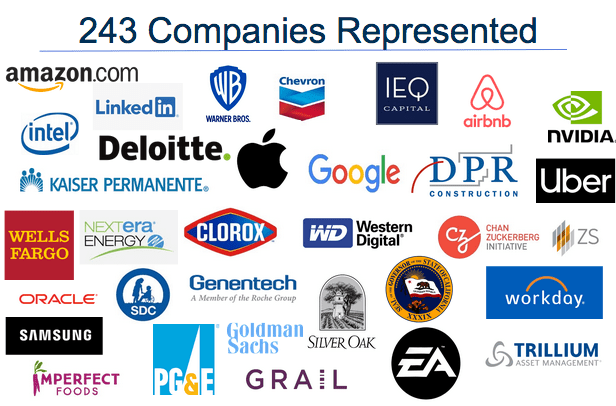
Students in the class of 2023 have a collective average of eight years work experience, and work at a total of 243 companies. The majority hail from industries including technology, finance, computer-related services, and consulting. About half the class works in roles in engineering, marketing/sales, consulting, and finance. Google is the class’ biggest employer, followed by Apple and Genentech, Intel, LinkedIn, EY, and PG&E.
The class is comprised of 36% women, a record high. It’s also quite international. Almost a third of the students were born outside of the U.S., and speak 20 different languages.
“There is such an enormous amount of diversity and knowledge and creativity in this group of people,” said Jamie Breen, assistant dean of the MBA Programs for Working Professionals at Haas. “Take it, embrace it, enjoy it. Take advantage of everything.”
“Orientation was a taste of what’s in store for us,” said Tiffany Shumate, executive director for Hack the Hood in Oakland, Ca., which works to increase access to living-wage technology jobs for early career workers. “I’m already a proud Blue Cohort (students are split into four cohorts: Blue, Gold, Oski, and Axe) member. I’m excited to start classes.”
Why an MBA, why Haas?
Many EWMBA students are seeking the skill set required to change roles at their company or be better managers. Divya Pillai, a software engineer at Google, holds a master’s degree in engineering from MIT.
She said an MBA will give her business skills, and that she’s looking forward to studying microeconomics and leadership. “I thought I was happy as a software engineer but I realized that what we needed was more product direction, and bringing stakeholders together,” she said. “I thought I needed an MBA to contribute there.
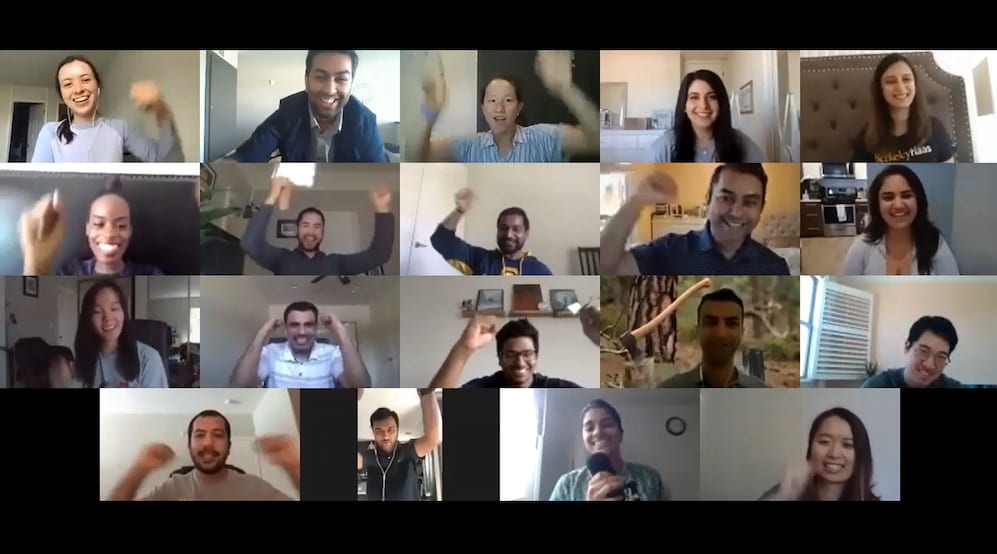
Diversity at Haas was critical to Adam Ward, a native of the UK who works as a senior manager in partner product marketing at MuleSoft. Ward said he attended the Berkeley Haas Diversity Symposium, an event held last October, and became convinced that Haas was the right school for him.
“It was amazing to see the work they are putting into equality,” said Ward, who recently pivoted from account development into marketing at his company. “That was really important to me.”
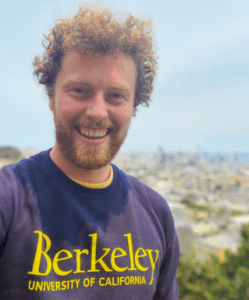
The social link
In addition to academics, social life moved online for the EWMBA class, too, with happy hours for the entire class, a happy hour for Black and Latinx students, as well as an LGBTQ mixer.
In recent weeks, an EWMBA 2023 Slack channel brought the class together with daily challenges posted by members, such as: post a photo of yourself wearing Berkeley gear, share a photo of a recent book you read during quarantine, or post a photo related to your pandemic hobby. “There was a really active poster, Dan Bernstein, who direct-messaged a bunch of people—and once he got people on board we were trying to get 100% participation,” Pillai said. “The whole process just made everyone feel they were part of something.”
So did a talent show, which brought out the class musicians, singers, and dancers. Pillai, who played the ukulele while singing Lady Gaga’s “Shallow,” with tongue-in-cheek lyrics adapted for the COVID-19 pandemic, took first place.
Second place was a tie between Jack Woodruff (singing/guitar) and Joni Chan (Chopin on piano).
